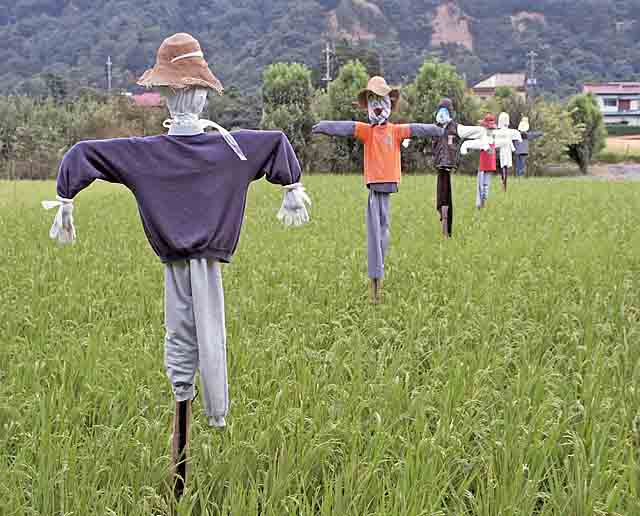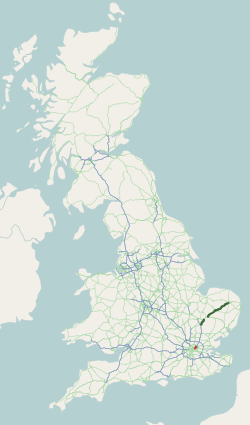|
Barton Mills
Barton Mills is a village and civil parish in the West Suffolk district of Suffolk, England. The village is on the south bank of the River Lark. According to Eilert Ekwall the meaning of the village name is 'corn farm by the mill'. The village was originally called Barton Parva (Little Barton). The name changed to Barton Mills in the eighteenth century. The Domesday Book of 1086 records the population of the village in 1086 to be 22 households. The village is near the Fiveways Roundabout, a busy junction where the A11 London to Norwich trunk road, the A1065 towards North Norfolk and the A1101 (Long Sutton (Lincolnshire) to Bury St. Edmunds) roads meet. The village was once the holiday retreat for Alexander Fleming, the discoverer of penicillin, and there is a plaque on the wall outside his country home, The Dhoon, in the main street. Barton Mills hosts a biannual Scarecrow Festival, held in July. The main road through the village is closed to traffic (except to residents) du ... [...More Info...] [...Related Items...] OR: [Wikipedia] [Google] [Baidu] |
UK BartonMills
The United Kingdom of Great Britain and Northern Ireland, commonly known as the United Kingdom (UK) or Britain, is a country in Europe, off the north-western coast of the continental mainland. It comprises England, Scotland, Wales and Northern Ireland. The United Kingdom includes the island of Great Britain, the north-eastern part of the island of Ireland, and many smaller islands within the British Isles. Northern Ireland shares a land border with the Republic of Ireland; otherwise, the United Kingdom is surrounded by the Atlantic Ocean, the North Sea, the English Channel, the Celtic Sea and the Irish Sea. The total area of the United Kingdom is , with an estimated 2020 population of more than 67 million people. The United Kingdom has evolved from a series of annexations, unions and separations of constituent countries over several hundred years. The Treaty of Union between the Kingdom of England (which included Wales, annexed in 1542) and the Kingdom of Scotland in 1707 ... [...More Info...] [...Related Items...] OR: [Wikipedia] [Google] [Baidu] |
Alexander Fleming
Sir Alexander Fleming (6 August 1881 – 11 March 1955) was a Scottish physician and microbiologist, best known for discovering the world's first broadly effective antibiotic substance, which he named penicillin. His discovery in 1928 of what was later named benzylpenicillin (or penicillin G) from the mould ''Penicillium rubens'' is described as the "single greatest victory ever achieved over disease." For this discovery, he shared the Nobel Prize in Physiology or Medicine in 1945 with Howard Florey and Ernst Boris Chain. He also discovered the enzyme lysozyme from his nasal discharge in 1922, and along with it a bacterium he named ''Micrococcus Lysodeikticus'', later renamed ''Micrococcus luteus''. Fleming was knighted for his scientific achievements in 1944. In 1999, he was named in ''Time'' magazine's list of the 100 Most Important People of the 20th century. In 2002, he was chosen in the BBC's television poll for determining the 100 Greatest Britons, and in 2009, h ... [...More Info...] [...Related Items...] OR: [Wikipedia] [Google] [Baidu] |
Villages In Suffolk
A village is a clustered human settlement or community, larger than a hamlet but smaller than a town (although the word is often used to describe both hamlets and smaller towns), with a population typically ranging from a few hundred to a few thousand. Though villages are often located in rural areas, the term urban village is also applied to certain urban neighborhoods. Villages are normally permanent, with fixed dwellings; however, transient villages can occur. Further, the dwellings of a village are fairly close to one another, not scattered broadly over the landscape, as a dispersed settlement. In the past, villages were a usual form of community for societies that practice subsistence agriculture, and also for some non-agricultural societies. In Great Britain, a hamlet earned the right to be called a village when it built a church. [...More Info...] [...Related Items...] OR: [Wikipedia] [Google] [Baidu] |
Pope Honorius IV
Pope Honorius IV (c. 1210 – 3 April 1287), born Giacomo Savelli, was head of the Catholic Church and ruler of the Papal States from 2 April 1285 to his death in 1287. During his pontificate he largely continued to pursue the pro-French political policy of his predecessor, Martin IV. Early career Giacomo Savelli was born in Rome into the rich and influential family of the Savelli. His father was Luca Savelli, who died as Senator of Rome in 1266. His mother Joanna belonged to the Aldobrandeschi family. He studied at the University of Paris, and held a prebend and a canonry at the cathedral of Châlons-sur-Marne. Later he obtained the benefice of rector at the church of Berton in the Diocese of Norwich in England, a nation he never visited. In 1261 he was created Cardinal Deacon of Santa Maria in Cosmedin by Pope Urban IV, who also appointed him papal prefect in Tuscany and captain of the papal army. Cardinal Savelli pursued a diplomatic career. Pope Clement IV sent him and ... [...More Info...] [...Related Items...] OR: [Wikipedia] [Google] [Baidu] |
Burton On Trent
Burton upon Trent, also known as Burton-on-Trent or simply Burton, is a market town in the borough of East Staffordshire in the county of Staffordshire, England, close to the border with Derbyshire. In 2011, it had a population of 72,299. The demonym for residents of the town is ''Burtonian''. Burton is located south-west of Derby, north-west of Leicester, west-south-west of Nottingham and south of the southern entrance to the Peak District National Park. Burton is known for its brewing. The town grew up around Burton Abbey. Burton Bridge was also the site of two battles, in 1322, when Edward II defeated the rebel Earl of Lancaster and in 1643 when royalists captured the town during the First English Civil War. William Lord Paget and his descendants were responsible for extending the manor house within the abbey grounds and facilitating the extension of the River Trent Navigation to Burton. Burton grew into a busy market town by the early modern period. The town is ser ... [...More Info...] [...Related Items...] OR: [Wikipedia] [Google] [Baidu] |
Guinness World Records
''Guinness World Records'', known from its inception in 1955 until 1999 as ''The Guinness Book of Records'' and in previous United States editions as ''The Guinness Book of World Records'', is a reference book published annually, listing world records both of human achievements and the extremes of the natural world. The brainchild of Sir Hugh Beaver, the book was co-founded by twin brothers Norris and Ross McWhirter in Fleet Street, London, in August 1955. The first edition topped the best-seller list in the United Kingdom by Christmas 1955. The following year the book was launched internationally, and as of the 2022 edition, it is now in its 67th year of publication, published in 100 countries and 23 languages, and maintains over 53,000 records in its database. The international franchise has extended beyond print to include television series and museums. The popularity of the franchise has resulted in ''Guinness World Records'' becoming the primary international authority ... [...More Info...] [...Related Items...] OR: [Wikipedia] [Google] [Baidu] |
Scarecrow
A scarecrow is a decoy or mannequin, often in the shape of a human. Humanoid scarecrows are usually dressed in old clothes and placed in open fields to discourage birds from disturbing and feeding on recently cast seed and growing crops.Lesley Brown (ed.). (2007). "Shorter Oxford English Dictionary on Historical Principles". 6th ed. Oxford: Oxford University Press. . Scarecrows are used around the world by farmers, and are a notable symbol of farms and the countryside in popular culture. Design The common form of a scarecrow is a humanoid figure dressed in old clothes and placed in open fields to discourage birds such as Corvus, crows or Old World sparrow, sparrows from disturbing and feeding on recently cast seed and growing crops. Machinery such as windmills have been employed as scarecrows, but the effectiveness lessens as animals become familiar with the structures. Since the invention of the humanoid scarecrow, more effective methods have been developed. On California far ... [...More Info...] [...Related Items...] OR: [Wikipedia] [Google] [Baidu] |
Penicillin
Penicillins (P, PCN or PEN) are a group of β-lactam antibiotics originally obtained from ''Penicillium'' moulds, principally '' P. chrysogenum'' and '' P. rubens''. Most penicillins in clinical use are synthesised by P. chrysogenum using deep tank fermentation and then purified. A number of natural penicillins have been discovered, but only two purified compounds are in clinical use: penicillin G (intramuscular or intravenous use) and penicillin V (given by mouth). Penicillins were among the first medications to be effective against many bacterial infections caused by staphylococci and streptococci. They are still widely used today for different bacterial infections, though many types of bacteria have developed resistance following extensive use. 10% of the population claims penicillin allergies but because the frequency of positive skin test results decreases by 10% with each year of avoidance, 90% of these patients can tolerate penicillin. Additionally, those with ... [...More Info...] [...Related Items...] OR: [Wikipedia] [Google] [Baidu] |
A11 Road (Great Britain)
The A11 is a major trunk road in England. It runs roughly north east from London to Norwich, Norfolk, although after the M11 opened in the 1970s and then the A12 extension in 1999, a lengthy section has been downgraded between the suburbs of east London and the north-west corner of the county of Essex. It also multiplexes/overlaps with the A14 on the Newmarket bypass. Route City of London All this part has been declassified and is now a minor road. Thus the A11 now starts at Aldgate, just inside the eastern boundary of the City of London. The first stretch is Whitechapel High Street, east of the junction with Mansell Street. In a complex reworking of the roads since the days of the Aldgate gyratory system, it is two-way, but the east-bound section is part of the ring-road that retained a one-way system south of this junction, but the west-bound section is for local access and you have to U-turn to avoid entering the congestion charging zone. Tower Hamlets East of Aldgate ... [...More Info...] [...Related Items...] OR: [Wikipedia] [Google] [Baidu] |
Bury St Edmunds
Bury St Edmunds (), commonly referred to locally as Bury, is a historic market town, market, cathedral town and civil parish in Suffolk, England.OS Explorer map 211: Bury St.Edmunds and Stowmarket Scale: 1:25 000. Publisher:Ordnance Survey – Southampton A2 edition. Publishing Date:2008. Bury St Edmunds Abbey is near the town centre. Bury is the seat of the Diocese of St Edmundsbury and Ipswich of the Church of England, with the episcopal see at St Edmundsbury Cathedral. The town, originally called Beodericsworth, was built on a grid pattern by Abbot Baldwin around 1080. It is known for brewing and malting (Greene King brewery) and for a British Sugar processing factory, where Silver Spoon sugar is produced. The town is the cultural and retail centre for West Suffolk and tourism is a major part of the economy. Etymology The name ''Bury'' is etymologically connected with ''borough'', which has cognates in other Germanic languages such as the German meaning "fortress, castle"; ... [...More Info...] [...Related Items...] OR: [Wikipedia] [Google] [Baidu] |
Domesday Book
Domesday Book () – the Middle English spelling of "Doomsday Book" – is a manuscript record of the "Great Survey" of much of England and parts of Wales completed in 1086 by order of King William I, known as William the Conqueror. The manuscript was originally known by the Latin name ''Liber de Wintonia'', meaning "Book of Winchester", where it was originally kept in the royal treasury. The '' Anglo-Saxon Chronicle'' states that in 1085 the king sent his agents to survey every shire in England, to list his holdings and dues owed to him. Written in Medieval Latin, it was highly abbreviated and included some vernacular native terms without Latin equivalents. The survey's main purpose was to record the annual value of every piece of landed property to its lord, and the resources in land, manpower, and livestock from which the value derived. The name "Domesday Book" came into use in the 12th century. Richard FitzNeal wrote in the ''Dialogus de Scaccario'' ( 1179) that the book ... [...More Info...] [...Related Items...] OR: [Wikipedia] [Google] [Baidu] |
Eilert Ekwall
Bror Oscar Eilert Ekwall (born 8 January 1877 in Vallsjö (now in Sävsjö, Jönköpings län), Sweden, died 23 November 1964 in Lund, Skåne län, Sweden), known as Eilert Ekwall, was Professor of English at Sweden's Lund University from 1909 to 1942 and was one of the outstanding scholars of the English language in the first half of the 20th century. He wrote works on the history of English, but he is best known as the author of numerous important books on English placenames (in the broadest sense) and personal names. Scholarly works His chief works in this area are ''The Place-Names of Lancashire'' (1922), ''English Place-Names in -ing'' (1923, new edition 1961), ''English River Names'' (1928), ''Studies on English Place- and Personal Names'' (1931), ''Studies on English Place-Names'' (1936), ''Street-Names of the City of London'' (1954), ''Studies on the Population of Medieval London'' (1956), and the monumental ''Concise Oxford Dictionary of English Place-Names'' (1936, new e ... [...More Info...] [...Related Items...] OR: [Wikipedia] [Google] [Baidu] |
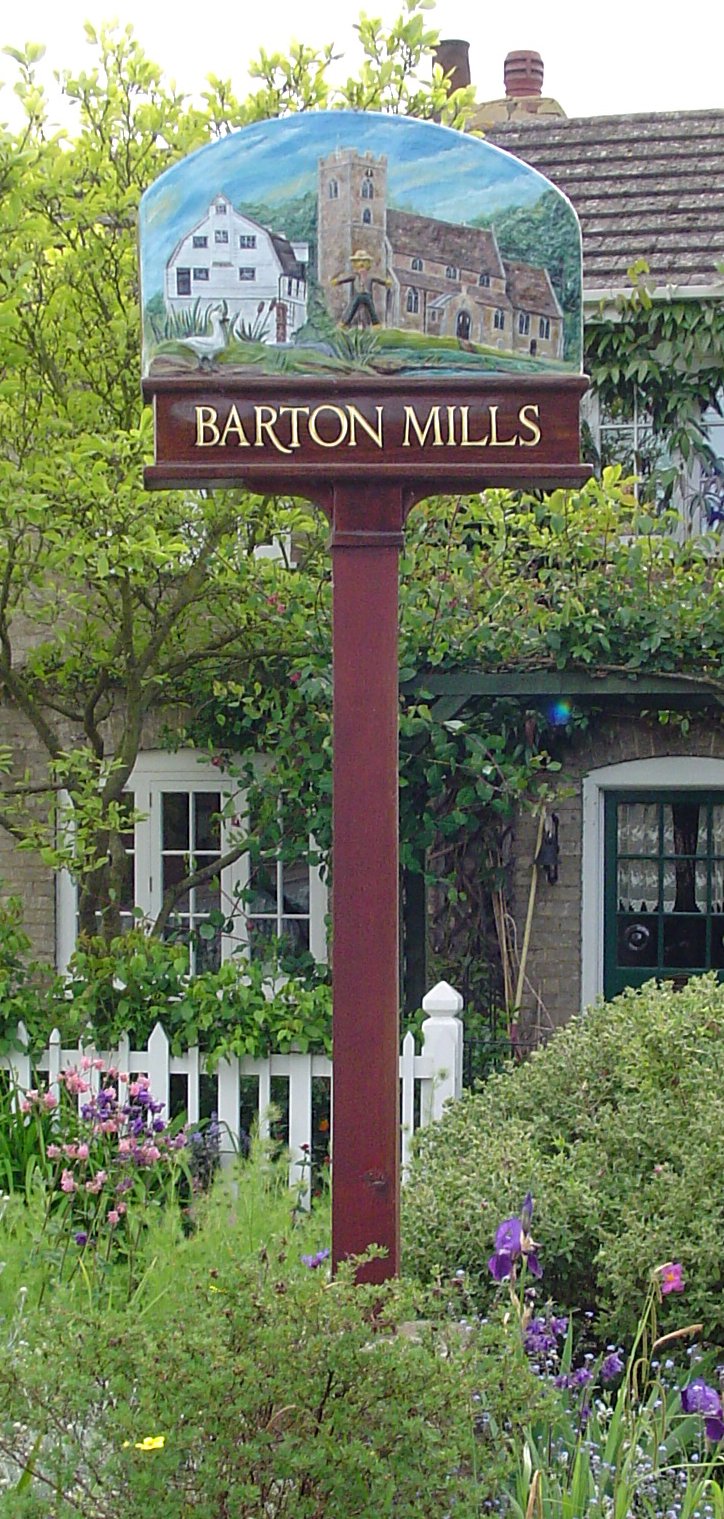
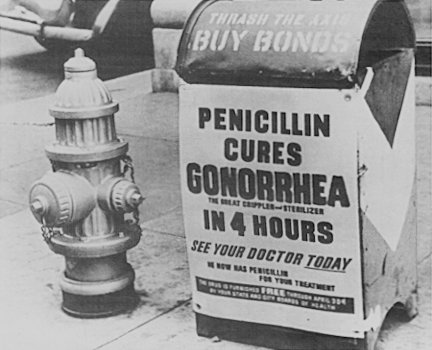

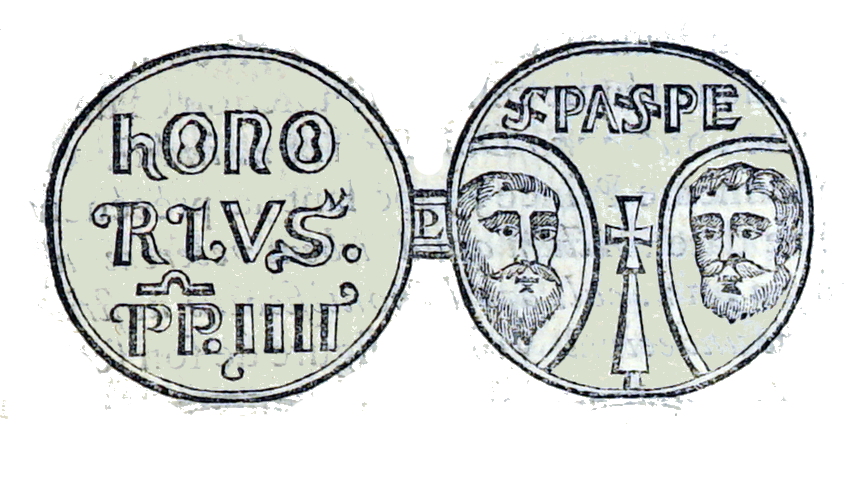

.jpg)
